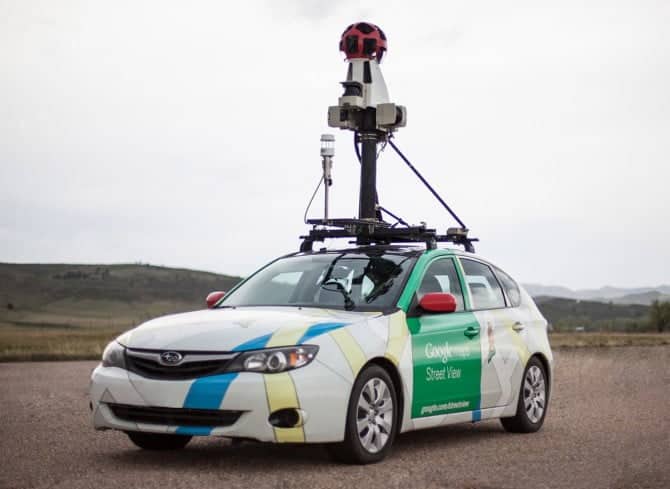The predisposition to optimism can prolong life, but things change when it leads us to underestimate a danger: a research team from Cornell University, which used data collected from sensors mounted on Google Street View cars, discovered that emissions of methane from fertilizer factories are 100 times higher than estimated by the companies themselves.
The values discovered place this industrial chain by far in first place among the polluting ones in the USA.
“We looked at a small industrial sector and found that it alone produces three times as much methane emissions as other industrial processes combined,” says John Albertson, co-author and professor of civil and environmental engineering. “This analysis shows us how far apart the a priori estimates and the actual measurements are.”
The use of natural gas has grown dramatically in recent years, driven by the perception of being a less "dirty" fossil fuel for the environment. Unfortunately, natural gas is mostly methane, which in absolute terms has the ability to overheat the atmosphere even more than carbon dioxide.
In the medium term, to be precise (let's consider a time span of 20 years), methane warms the atmosphere 84 times more than carbon dioxide.
The team found that on average 0.34% of the gas used by fertilizer factories (both as an energy source and as an ingredient within urea and ammonia products) ends up in the atmosphere. The estimate on the plants therefore leads to an emission of 28.000 tons of methane (100 times more than the 280 declared).
Research shows that mobile sensors are an inexpensive and highly effective way of monitoring sources of pollution, and allow a faster understanding of the phenomena.


